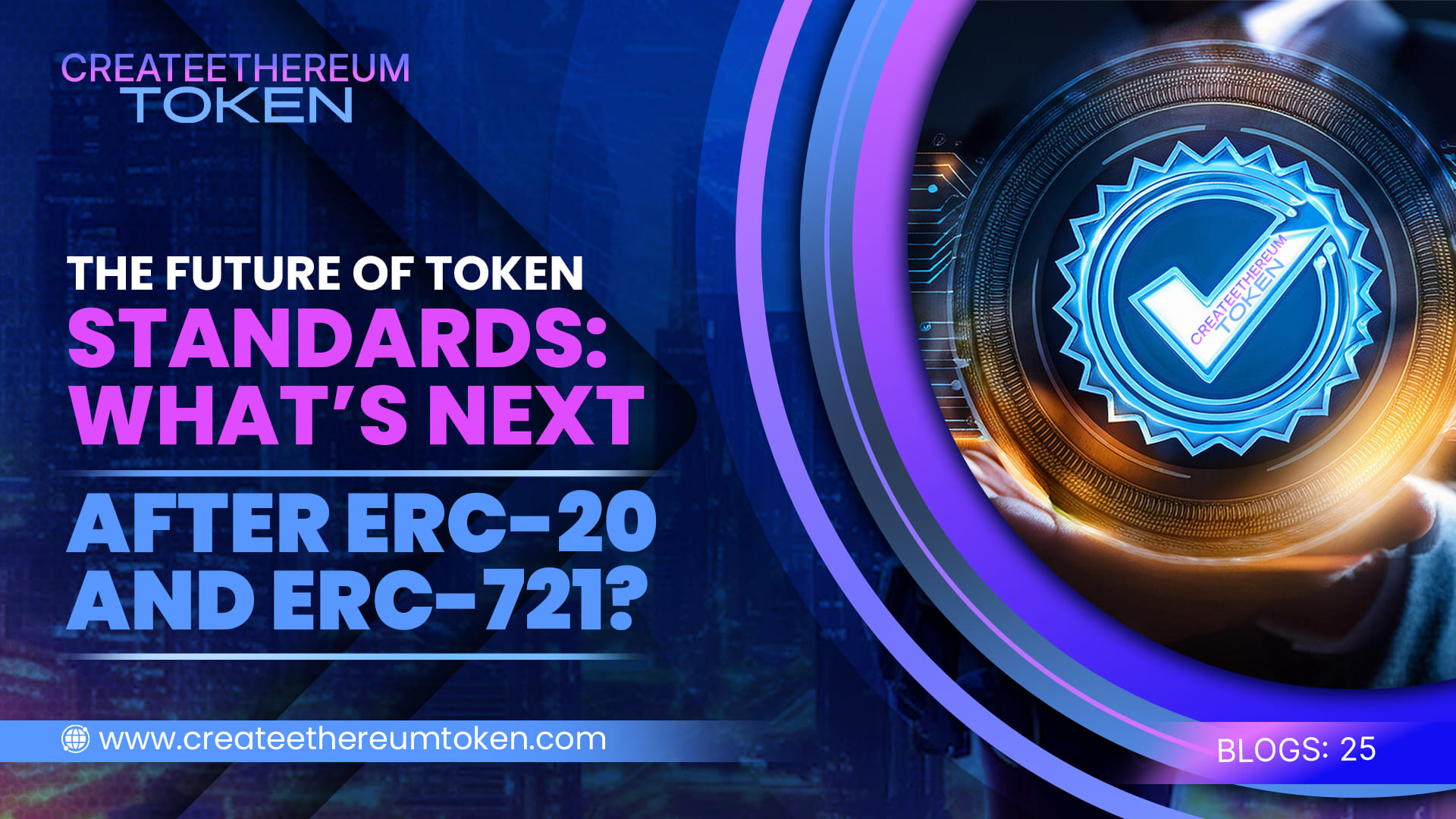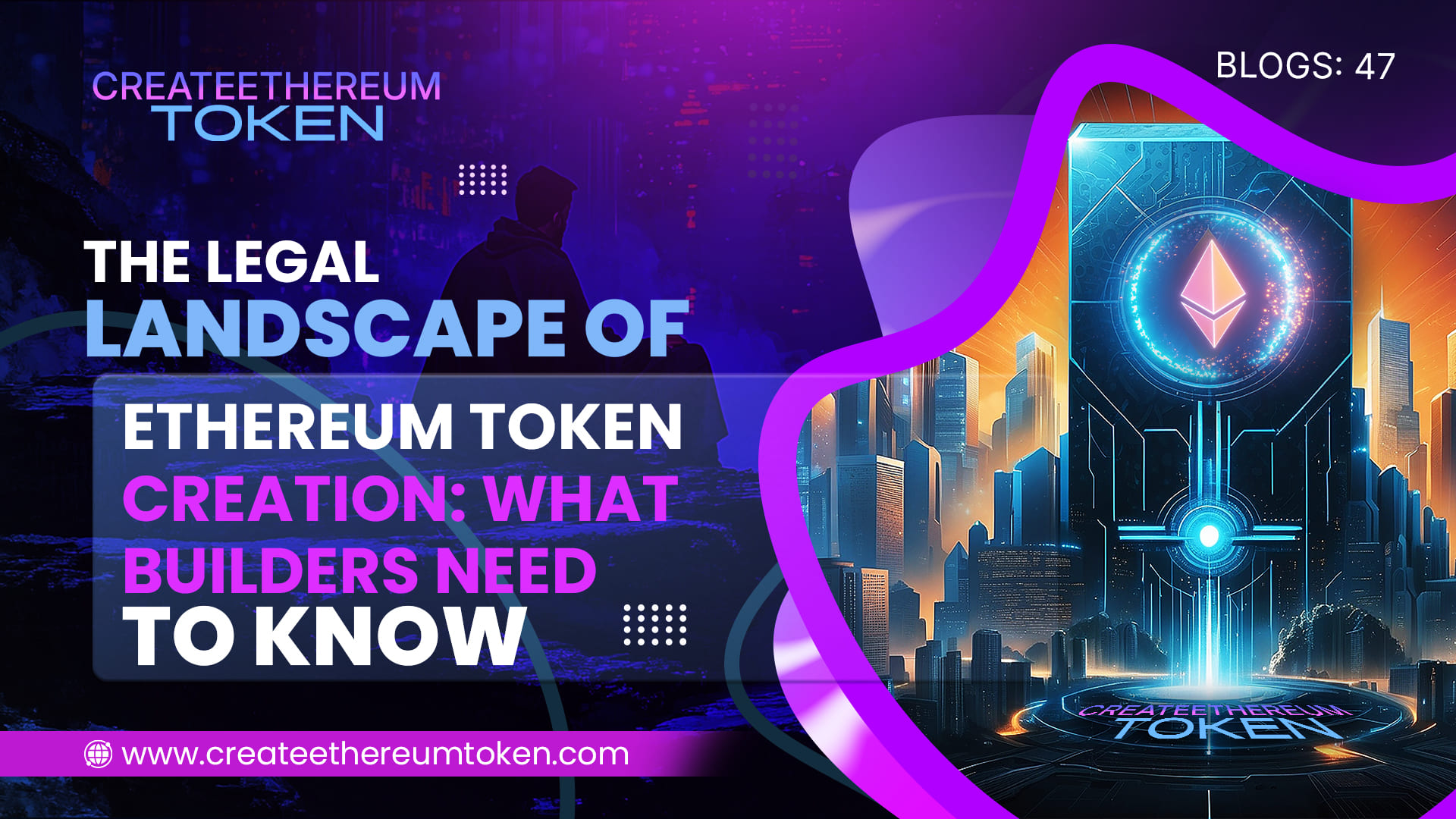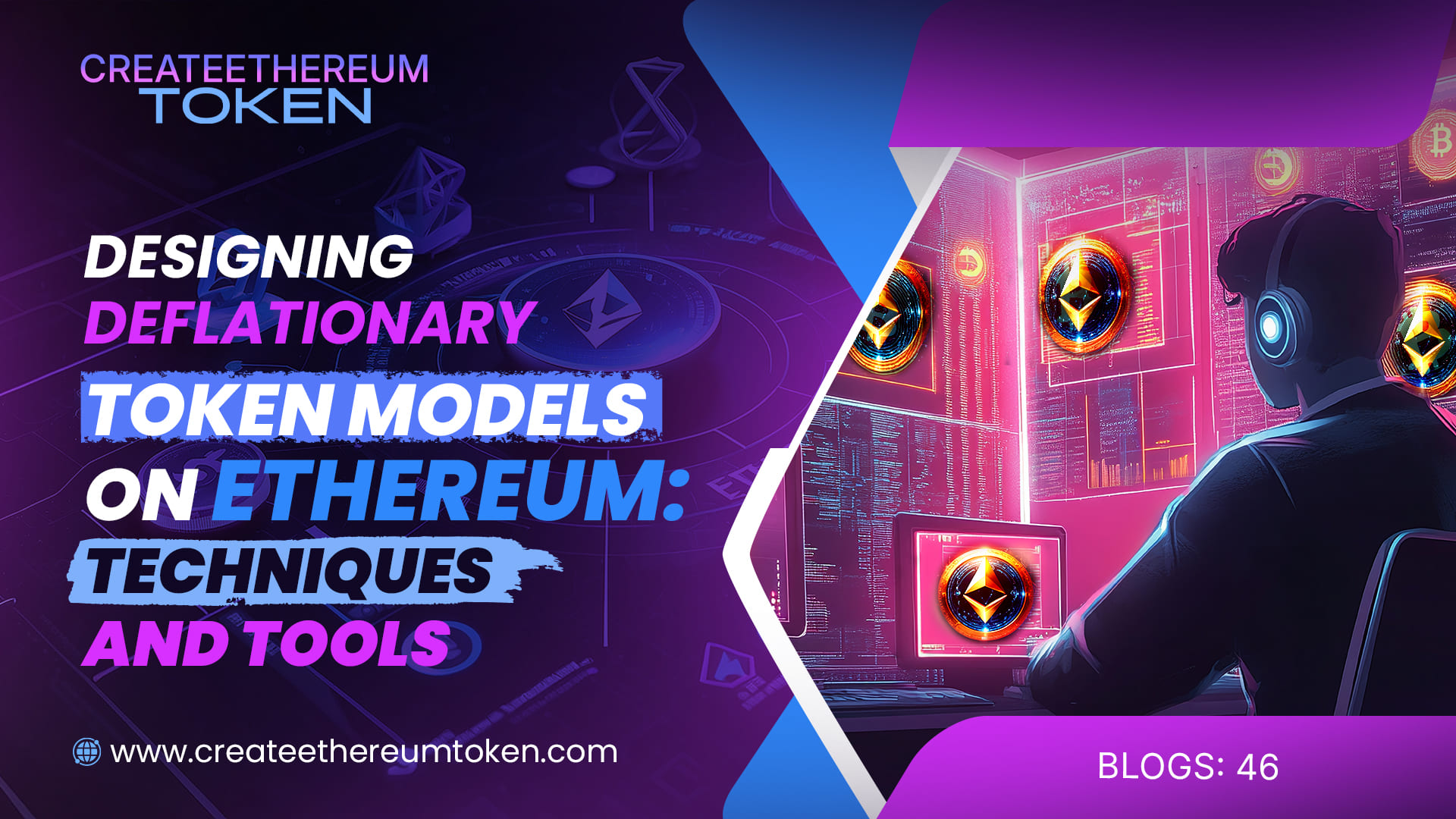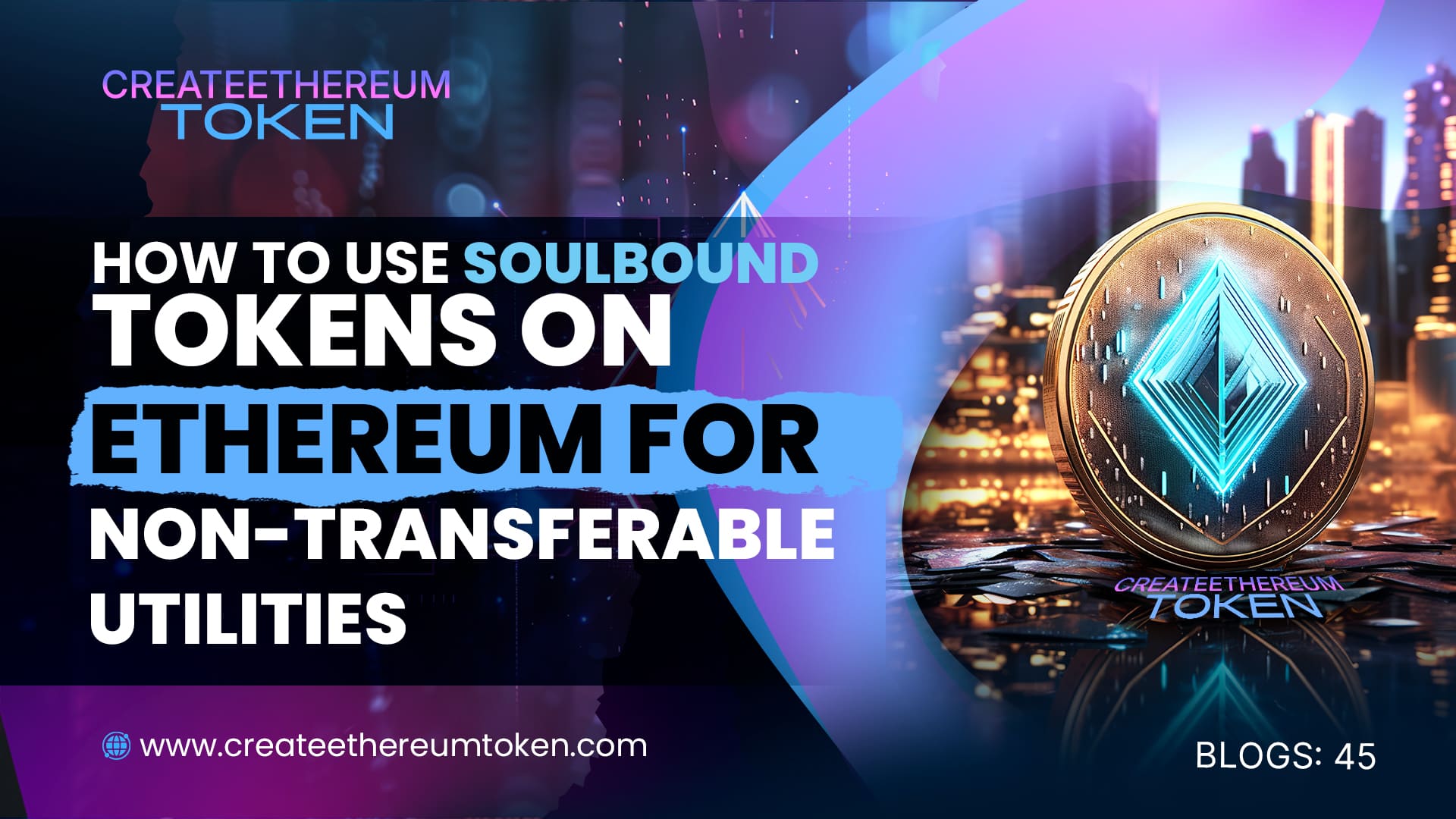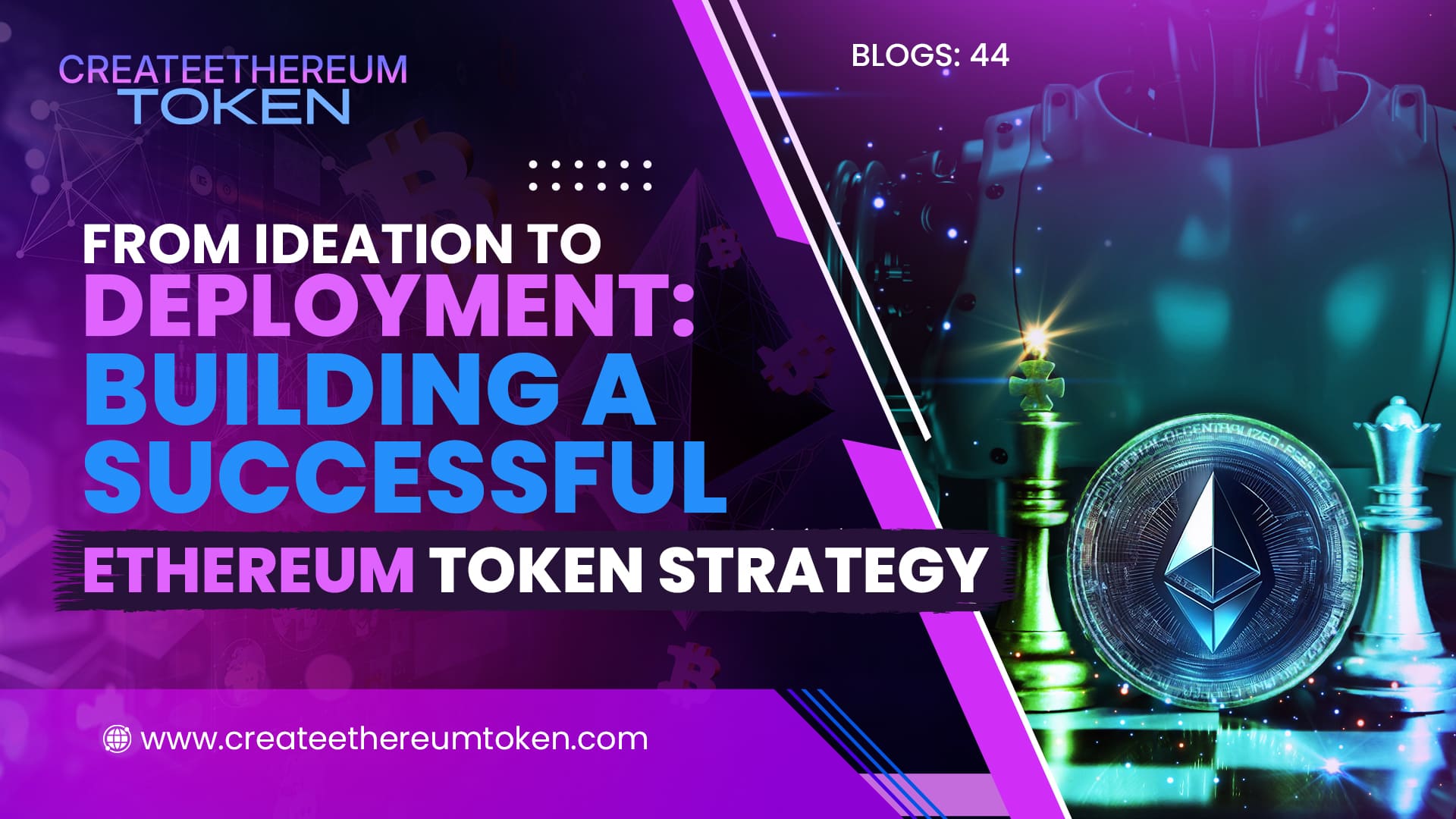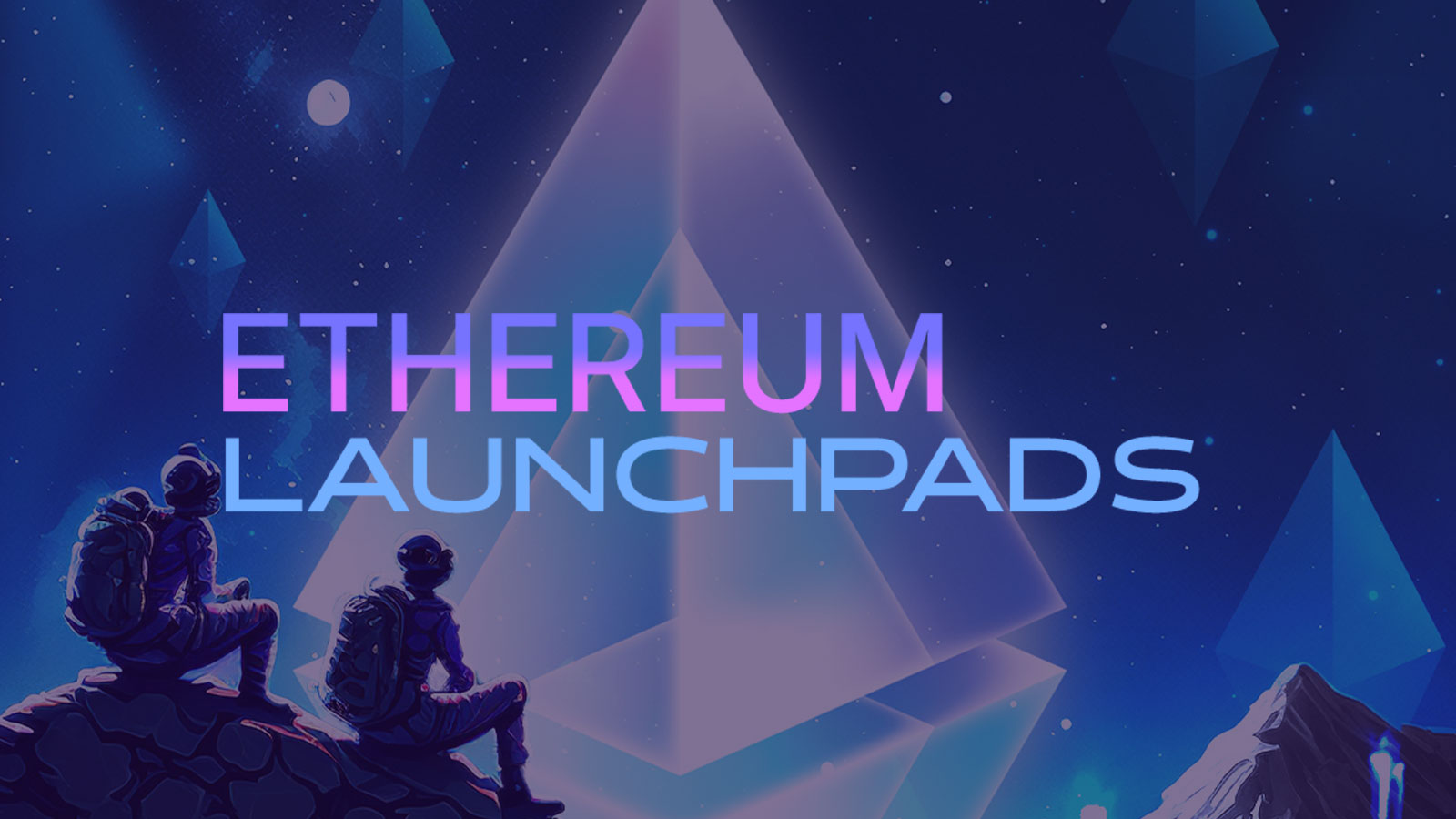January 16, 2025
The Future of Token Standards: What’s Next After ERC-20 and ERC-721?
Token standards such as ERC-20 for fungible tokens and ERC-721 for non-fungible tokens (NFTs) have played a transformative role in the blockchain ecosystem. They have enabled a wave of innovation, powering decentralized finance (DeFi), digital collectibles, and beyond. However, as the blockchain space continues to evolve, so too must these standards. The future of token standards promises to bring even more flexibility, efficiency, and functionality to digital asset management.
The Limitations of Existing Standards
ERC-20 and ERC-721: A Recap
ERC-20 and ERC-721 have set the foundation for token creation on the Ethereum network. ERC-20 provides a reliable framework for creating fungible tokens, which are interchangeable and widely used in DeFi applications. ERC-721, on the other hand, has enabled the creation of unique digital assets, paving the way for the booming NFT market.
Challenges and Gaps
Despite their success, these standards have inherent limitations. ERC-20 tokens are not designed to handle unique properties, while ERC-721 tokens can be inefficient when managing large collections of similar items. Additionally, issues such as high gas fees, scalability concerns, and inflexible token functionalities have spurred the demand for next-generation standards.
Emerging Token Standards
ERC-1155: A Step Towards Versatility
One of the most promising developments is ERC-1155, a multi-token standard that supports both fungible and non-fungible tokens within a single contract. This standard is particularly efficient for gaming and digital collectibles, allowing for batch transfers and lower transaction costs. As blockchain applications diversify, ERC-1155 is poised to become a key player in the evolution of token standards.
Beyond ERC-1155: New Proposals and Innovations
Several new proposals are emerging to address the evolving needs of the blockchain community:
- ERC-4626: Often referred to as the tokenized vault standard, ERC-4626 aims to standardize yield-bearing vaults. This innovation is expected to streamline asset management in DeFi, making it easier for users to interact with complex financial instruments.
- Enhanced NFT Standards: With the rise of dynamic and interactive NFTs, new standards are being developed to support metadata updates, fractional ownership, and even cross-chain interoperability. These innovations could redefine how digital art, gaming assets, and virtual real estate are managed and traded.
- Interoperability Protocols: Future token standards may incorporate protocols that enable seamless interactions between different blockchain networks. This would not only improve liquidity but also expand the potential for cross-chain applications, offering a more unified digital asset ecosystem.
The Impact on the Blockchain Ecosystem
Increased Flexibility and Functionality
The evolution of token standards will allow developers to create more complex and versatile digital assets. Enhanced standards can offer features such as dynamic supply mechanisms, real-time metadata updates, and even built-in governance functionalities, empowering creators and investors alike.
Improved Efficiency and Lower Costs
By addressing the limitations of current standards, next-generation tokens are expected to reduce operational costs. Innovations like batch transfers and unified contracts (such as ERC-1155) can significantly lower gas fees, making blockchain technology more accessible to a broader audience.
Fostering a New Wave of Innovation
As token standards evolve, they will open new avenues for innovation across various sectors—gaming, finance, art, and beyond. The integration of advanced features will enable more sophisticated applications, further blurring the lines between traditional and digital assets.
Looking Ahead
The future of token standards is not just about incremental improvements; it’s about reimagining the digital asset landscape. As the blockchain community continues to experiment and iterate, the next generation of token standards will likely introduce groundbreaking features that transform how assets are created, managed, and exchanged. Embracing these changes will be critical for developers, investors, and users seeking to harness the full potential of blockchain technology.
